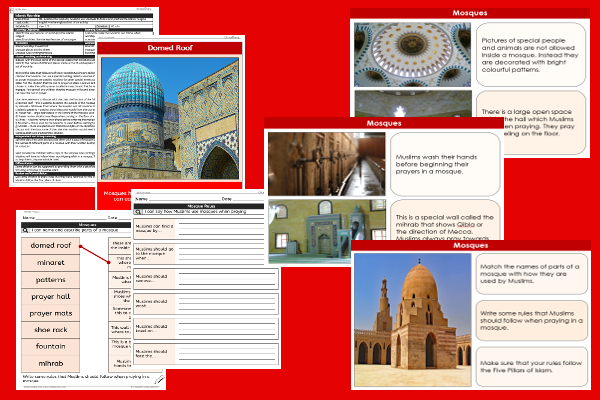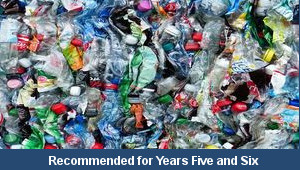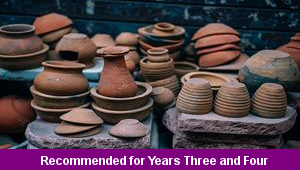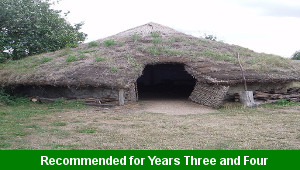Lesson Three – Islamic Worship

This religious education teaching pack for Key Stage Two gets the children to explore and record how and why Muslims use Mosques to follow and practice different aspects of the Islamic religion.
The class can name and describe some of the special areas and religious artefacts that can be found and used inside a mosque by the followers of Islam.
Download this teaching pack including a lesson plan, classroom activities and an interactive presentation to explore and record how and why Muslims use Mosques to follow and practice different aspects of the Islamic religion
Activities in this teaching pack include display posters to identify and describe some of the different parts of a mosque, a worksheet to match the names and functions of each part of a Mosque and a template to select and record some of the different rules that Muslims can follow when praying in a mosque.
The interactive presentation gets the children to explore and record how and why Muslims use Mosques to follow and practice the Islamic religion.
This lesson is part of a religious education scheme of work to get the children to explore some of the different traditions, stories, beliefs and practices that Muslims follow and adopt when practising the Islamic religion. There are teaching activities for shared learning, differentiated worksheets to support independent learning and interactive presentations to introduce concepts and key skills.
-

Cities, Towns and Villages
Research and present the history of a range of different buildings and people that are part of the local community using a school exhibition
-

Recycling
Research and present some of the benefits and disadvantages that can be produced when recycling different materials at home and in school
-

Viking Pots
Develop and refine a range of different art and design techniques when working with clay to make pots that represent Viking culture and traditions
-

Bronze Age
Research and illustrate how life in Britain developed and changed during the Bronze Age including the growth of communities and trade
